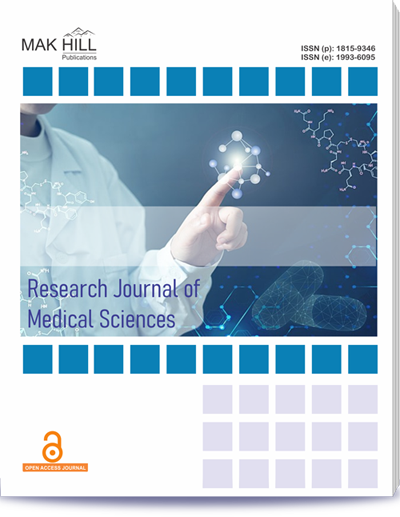
Research Journal of Medical Sciences
ISSN: Online 1993-6095ISSN: Print 1815-9346
Abstract
Rett Syndrome (RTT) is a neurodevelopmental disorder predominantly affecting females, characterized by a regression in motor and cognitive functions. This review aims to elucidate the role of Magnetic Resonance (MR) spectroscopy in understanding RTT’s neurochemical alterations and discuss the recent advancements in its treatment, particularly the introduction of trofenitide (Daybue). MR spectroscopy studies on RTT patients were examined to identify characteristic neurochemical profiles. Simultaneously, clinical trials and studies relating to the efficacy and safety of trofenitide were analyzed. MR spectroscopy has provided insights into the pathophysiological changes in RTT, highlighting specific neurochemical imbalances. The recent FDA approval of trofenitide has shown significant promise in mitigating core RTT symptoms. Conclusion: While MR spectroscopy offers invaluable insights into RTT’s underlying mechanisms the approval of trofenitide marks a significant milestone in the therapeutic management of the disorder, suggesting a hopeful future for affected individuals.
How to cite this article:
Apoorva Hangarga, Mahesh Kamate and Puneet V. Nayak. Role of MR Spectroscopy and Treatment of Retts Syndrome.
DOI: https://doi.org/10.36478/10.59218/makrjms.2023.12.438.443
URL: https://www.makhillpublications.co/view-article/1815-9346/10.59218/makrjms.2023.12.438.443